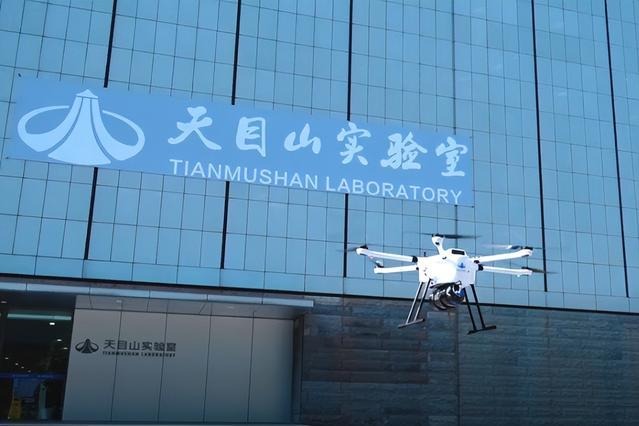Relatives of missing brace for the worst





| Photo released by the Australian Department of Defence shows Royal Australian Air Force pilot, Flight Lieutenant Russell Adams steering his AP-3C Orion over the southern Indian Ocean during the search for missing Malaysia Airlines flight MH370 on March 19. Xinhua |
Australian searchers spot possible debris from missing Malaysian Airlines flight
Friends and families of passengers on the missing Malaysia Airlines flight MH370 were bracing for the worst after Australian authorities announced on March 20 that satellite photography had captured two large objects possibly related to the aircraft, in the Indian Ocean about 2,500 kilometers southwest of Perth, Australia.
One object was about 24 meters long, said John Young, general manager of the emergency response division of the Australian Maritime Safety Authority.
Australian Prime Minister Tony Abbott had said earlier: "This is probably the best lead we have right now."
Young said the satellite pictures were not enough to provide a direct link with the Boeing 777-200 missing for almost two weeks, but there was a possibility that it might be debris from MH370, carrying 239 crew and passengers including 154 Chinese, which disappeared on March 8 en route from Kuala Lumpur to Beijing.
A Boeing 777 pilot with Malaysia Airlines who spoke on condition of anonymity said that if the 24-meter-long object was from the aircraft it could be a wing.
Registration numbers on major aircraft components often help identify their origin, and if the objects spotted by the Australian searchers were from an aircraft, it would be easy to tell if they were from flight MH370, a staff member of Boeing China said.
If the objects spotted were parts of an aircraft, particularly of a Boeing 777, they would almost certainly be from the Malaysian Airlines flight given that no other aircraft had crashed into the ocean recently, a senior captain from a Chinese airline said.

"Based on the information that has been made public, it is possible for the aircraft to have flown to where the objects have been seen."
Families and friends of the Chinese passengers, at a hotel in Beijing where they have been accommodated by Malaysia Airlines, watched the Australian Maritime Safety Authority news conference live.
"The news of possible debris being found means the chances of my son having survived have become remote," a man surnamed Zou said.
Security had been stepped up at the hotel and the number of first aid staff had been increased, he said.
"There might be big news today."
Hong Lei, spokesman for the Ministry of Foreign Affairs, said at a news conference the same day: "China highly values the information provided by Australian authorities and hopes the Australian government can dispatch search teams to the area in question as soon as possible."
China had offered its support with the search, he said. Naval vessels heading to the Bay of Bengal and south to waters west of Indonesia were to reach their assigned search areas by March 21.
To identify the objects seen by satellite, a Royal Australian Air Force Orion arrived in the area about 10:50am Beijing time on March 20. A further three aircraft were sent to the area later in the day, including a Royal New Zealand Air Force Orion and a US Navy P8 Poseidon aircraft, Young said.
The aircraft had failed to locate the objects at 5:30pm Beijing time due to poor visibility, and it might take days for vessels to reach the search area, Malaysian authorities said at a news conference in Kuala Lumpur.
Australia has taken the lead in searching for the missing aircraft over the southern Indian Ocean. Australia's closer involvement came as the search was expanded, to take in an area around the borders of Kazakhstan, Turkmenistan and northern Thailand and an area stretching from Indonesia to the southern Indian Ocean.
Earlier, US President Barack Obama said finding out what happened to the missing aircraft was a top priority for his country.
Even as the search for the missing aircraft continued, Qiu Yuanping, director of the Overseas Chinese Affairs Office of the State Council, said lessons needed to be learned from the disappearance.
"This has shown up inadequate preparation and lack of communications mechanisms," she said.
"We urgently need to build a quick-response mechanism worldwide by which countries can work together systematically and share intelligence when dealing with emergencies, such as aircraft crashes, earthquakes and tsunamis."
Contact the writers through cuijia@chinadaily.com.cn
Wang Wen and Zhang Yan in Beijing contributed to the story.
(China Daily Africa Weekly 03/21/2014 page3)
Today's Top News
- Evidence mounts of Japan's wartime atrocities
- Gunmen kill 11, wound many on Sydney beach
- Study finds Earth's deep water reservoirs
- China remembers victims of Nanjing Massacre 88 years on
- Philippines' provocations will avail it nothing: China Daily editorial
- China steps up financial support to spur consumption



























